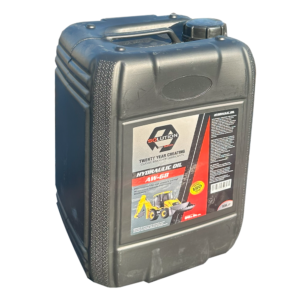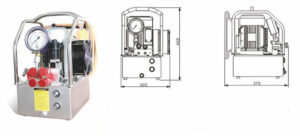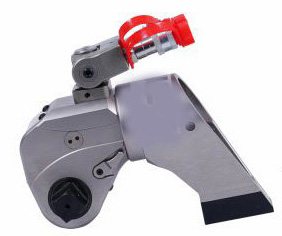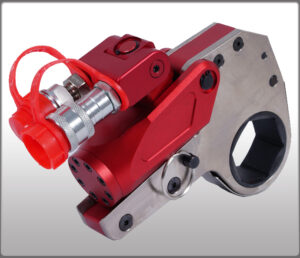HYDRAULIC TORQUE WRENCH
🛠️ How a Hydraulic Tool Works
🔧 Basic Principle:
Hydraulic tools operate according to Pascal’s Law, which states:
“When pressure is applied to a confined fluid, the pressure is transmitted equally in all directions.”
This means that a small amount of force applied at one point can create a much greater force at another point using an incompressible fluid (usually oil).
_______________________________________
🔩Main parts of a hydraulic system:
1. Hydraulic fluid
• Usually oil.
• Transmits force and lubricates the system.
• Must be incompressible for consistent performance.

2. Pump
• Creates flow in the system by moving the fluid.
• Converts mechanical energy (from an engine or manual operation) into hydraulic energy.
Types: Gear pumps, piston, vane.

3. Actuator
• Converts fluid pressure into mechanical motion.
Two main types:
• Hydraulic cylinder – for linear motion (e.g., pressing or lifting).
• Hydraulic motor – for rotary motion (e.g., turning a drill or wheel).

4. Reservoir (tank)
• Stores the hydraulic fluid.
• Allows the fluid to expand and air to escape.
• Helps cool and filter the fluid.
5. Valves
• Control the flow and pressure of the fluid.
• Direct fluid to different parts of the system.

Types:
• Directional control valves – control where the fluid goes.
• Pressure relief valves – protect the system from overpressure.
• Flow control valves – adjust the speed of actuators.
6. Hoses and pipes
• Carry the fluid under pressure between components.
• Must be strong, flexible, and resistant to high pressure.
7. Filters
• Remove contaminants from the fluid.
• Essential for preventing wear and damage.
_______________________________________
🌀 Example: How a hydraulic press works
1. A pump sends oil from a reservoir into the system.
2. Oil flows through valves into a hydraulic cylinder.
3. The cylinder piston moves down, pressing a workpiece with great force.
4. Reversing the flow returns the piston.
_______________________________________
Hydraulics are powerful because they allow for precise control of very large forces with relatively small inputs.
See in Youtube


